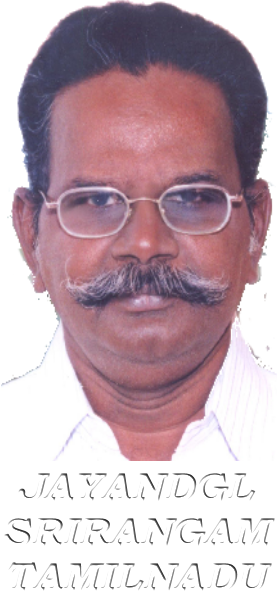Decision-Making Process: Steps, Tips, and Strategies WorkLife Blog
This is it — it’s the big moment when you and the team actually make the decision. You’ve identified all possible options, considered the supporting evidence, and are ready to choose how you’ll move forward. But they all hinge on random chance rather than analysis, reflection, and strategy — you know, the things you actually need to make the Accounting For Architects big, meaty decisions that have major impacts. Adopting decision-making frameworks is more than simply following a set of instructions; it entails developing a mindset focused on boosting decision-making. Including these frameworks in your decision-making process can help you make more informed, and therefore more successful, decisions. Organisations must always learn from previous decisions, adapting their frameworks to changing surroundings and new insights.
What are Decision-Making Frameworks?
With PI Perform, you can put your teams into action and make progress in your work rather than just tracking it. Take the time to test out PI with your team, and see if it doesn’t change how you get things done. bookkeeping and payroll services Let’s review how our decision-making frameworks have evolved over the past few decades. Regardless of how talented each member of your team is, if employees don’t trust each other, nothing is going to get done.
Recognition-Primed Decision Making Model
A team member’s focus isn’t going to be on advancing the interests of the team; it’s going to be on protecting themselves, so they’ll be much less likely to think creatively or voice concerns. And if everyone’s blood is always up, it’s going to result in frequent conflicts. While surrendering complete control can be a challenge for some leaders, micromanagement will lead to a hostile work environment. Putting clear principles and best practices in place will ensure everyone is on the same page, and it makes it easy to get new hires up to speed. Simple decisions can be made faster so that not everything needs to be run by the manager.
Multi-Criteria Analysis
- One the more significant visual decision-making methods created at this time was the SWOT analysis model.
- By understanding cause-and-effect relationships, such frameworks help organizations optimize their decision-making processes and achieve better outcomes.
- A tree can be small, meaning it has only one decision node and its branching immediate consequences, or large, which means it has follow-up decisions and their respective branching consequences.
- It provides a systematic way to identify priorities, gather information, weigh options, consider risks and rewards, and ultimately make a choice.
- By following these key elements, organizations can make informed decisions that minimize risks and maximize benefits.
BRIDGeS has combined all the best from those solutions to help you handle complexity, set priorities, and solve your business or personal problem in just one session. By understanding cause-and-effect relationships, such frameworks help organizations optimize their decision-making processes and achieve better outcomes. A decision-making framework enables organizations to approach complex issues methodically, leading to consistent and strategic choices. The frameworks and tools at the disposal of today’s decision-makers are evolving, leading to a significant transformation in the approach to both day-to-day and long-term strategic planning. Critical elements in decision making include setting clear goals, understanding the importance of organizational values, and recognizing the role of leadership in steering the process. The Cynefin Framework is particularly valuable in business strategy, project management, and leadership, helping professionals adapt their decision-making approach based on the nature of the problem at hand.
To see what aspects are the most critical, we prioritized them using the MoSCoW method. The main Goal of the Subject is to spend a weekend in LA with a friend (shown in blue). As for the Benefits (light green), we listed affordability, schedule flexibility, comfort, flexible navigation in LA, and minimal travel time. We also mentioned that it’s hard to navigate in LA without a car as a Risk (yellow) and that driving that far is tiring – Domain knowledge (purple). Let’s apply the framework to the same example we used before (you want to visit your friend in LA) to see how it works in practice. The five elements include problem identification, data gathering, alternative generation, solution evaluation and selection, and implementation with monitoring.


Leave a Reply